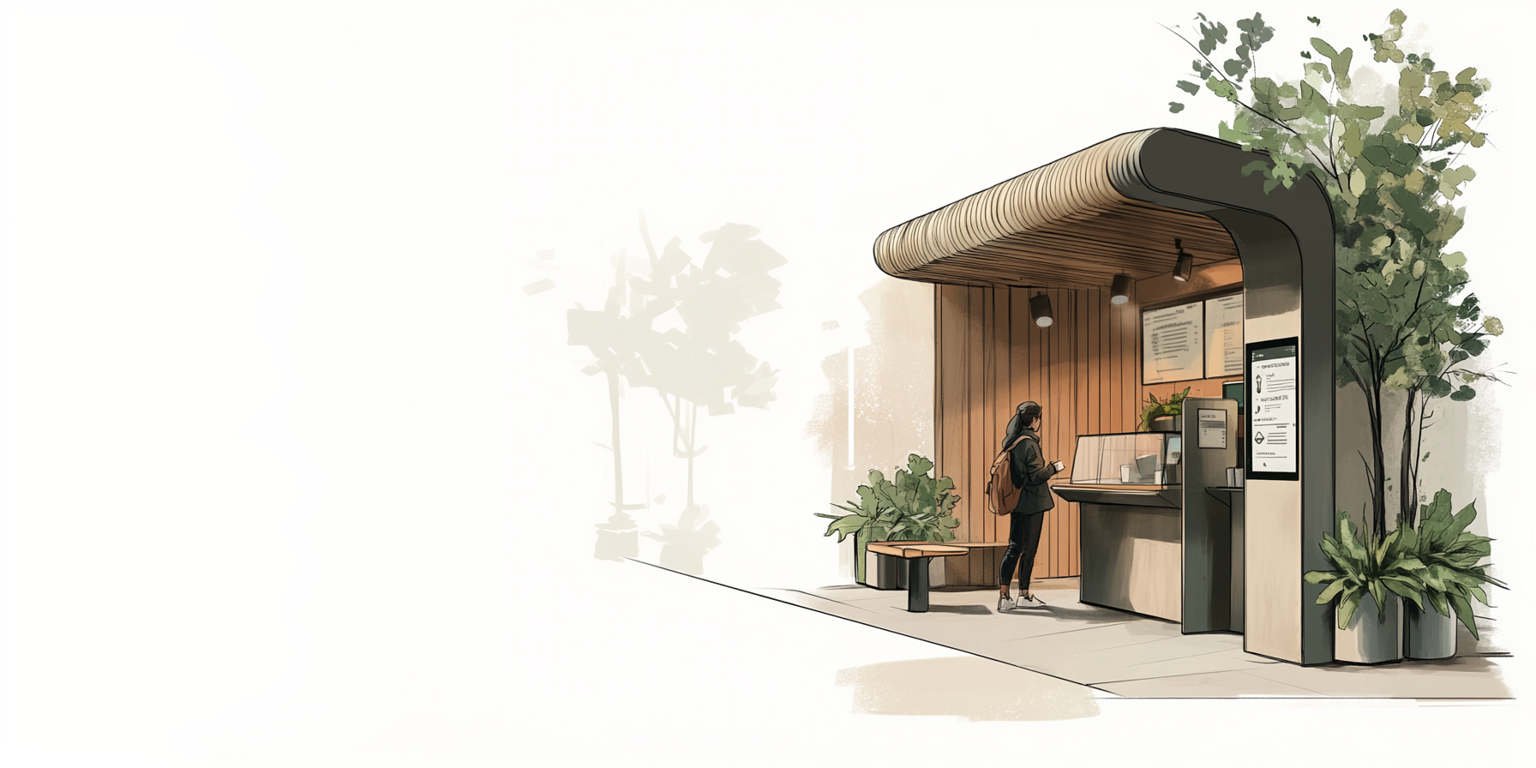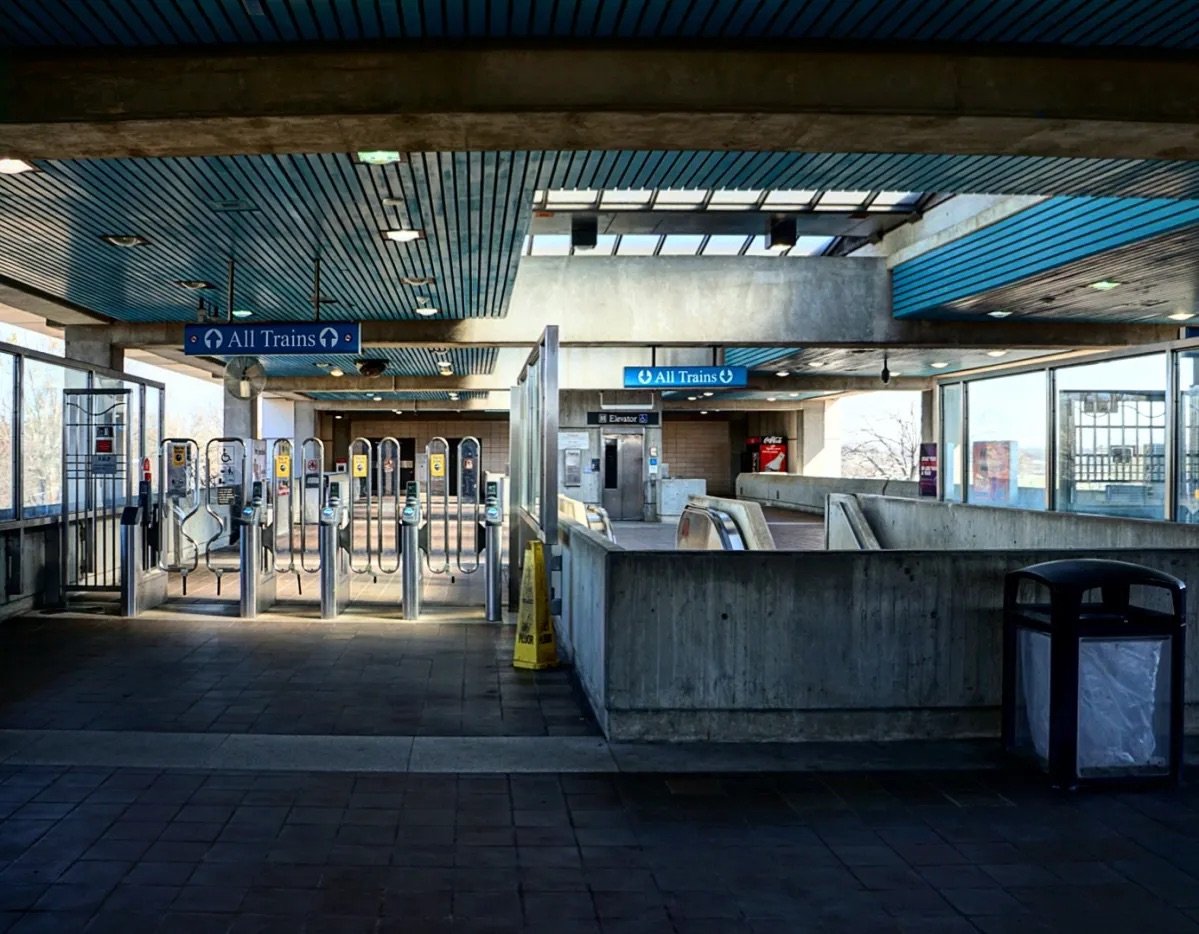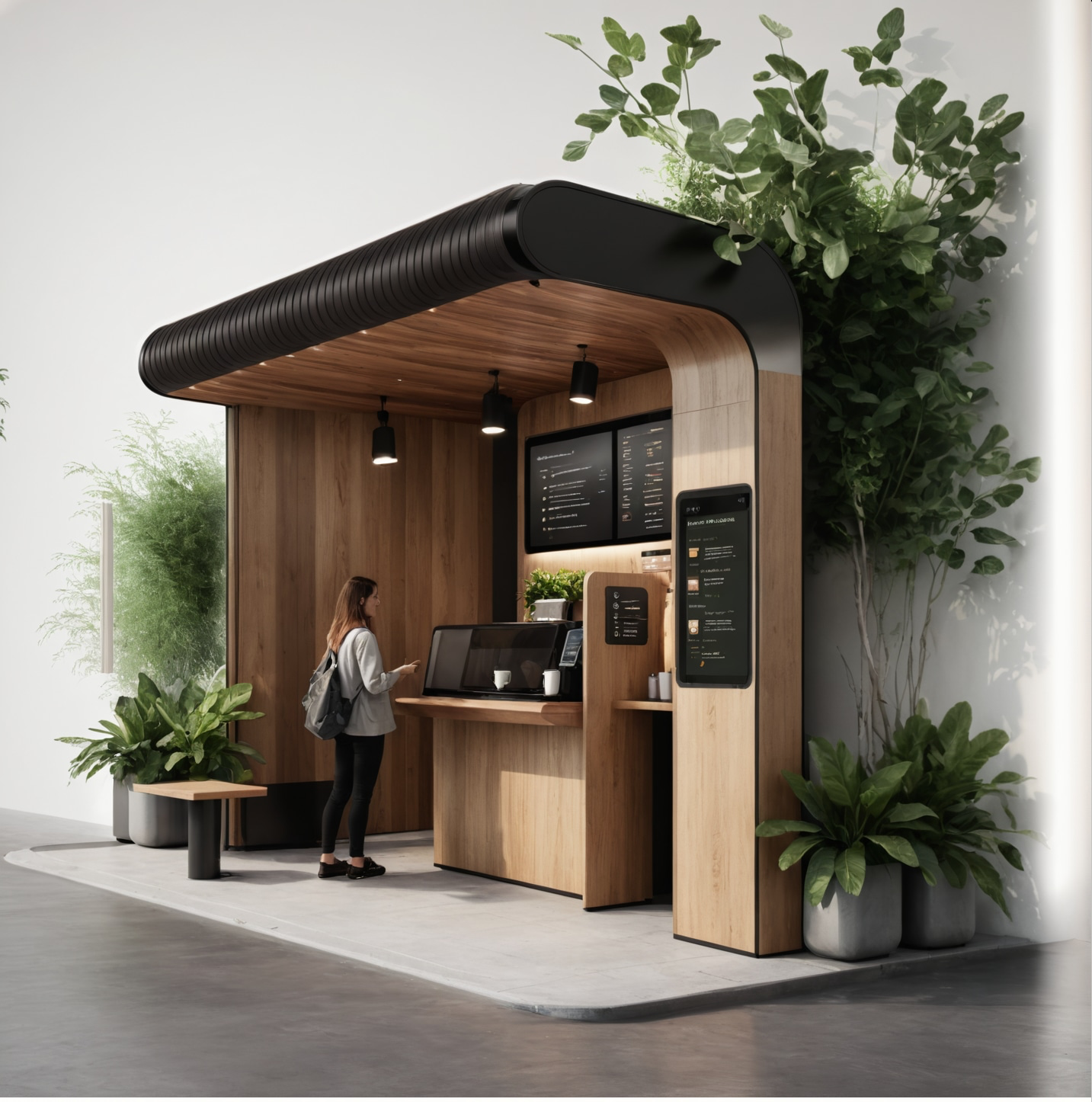
Redesigning MARTA:
Real-World UX for Safer, More Welcoming Transit Spaces
Problem
MARTA stations create hazardous, unwelcoming spaces that lack safety, comfort, and amenities, forcing commuters to rush through them. This project reimagines them as vibrant, user-centered hubs that enhance safety, usability, and community engagement.
Goals
1. Create Spaces for Slower Traffic:
Redesign stations to encourage people to linger and interact by adding seating, amenities, and welcoming environments.
2. Enhance Safety and Comfort:
Address safety concerns with better lighting, clear signage, and improved station design to create a comfortable experience for all.
3. Make Stations Community-Friendly:
Transform stations into vibrant public spaces with elements like greenery, local art, and small businesses to foster community engagement.
4. Boost Ridership with Better Design:
Attract more commuters by designing stations that feel modern, user-focused, and accessible, encouraging public transit over driving.
Research & Pain Points
• Stations perceived as uninviting and poorly maintained
• Riders feel discomfort due to inadequate lighting and design
• Lack of amenities like seating and kiosks reduces usability
• Riders and employees express safety concerns
• Extended Wait Times Leading to Passenger Frustration
Design Solutions

Spaces for Slower Traffic
A well-designed station entrance encourages people to linger, increasing foot traffic. This contributes to the Natural Surveillance Effect, where areas with more pedestrians see crime reductions of up to 30%. Amenities like a coffee shop thrive in this environment, serving both commuters and the community, turning the station into a safer, multifunctional space.
Encouraging Commuters to Linger: Right now, MARTA stations are places people rush through. A coffee shop gives commuters a reason to stay, whether it’s grabbing a coffee while waiting for their train or using the space as a quick meeting point.
Creating an Alternative Use Case for the Station: If a station has a coffee shop, it becomes more than just a transit space—people might stop by on their way to work or even use it as a regular coffee spot. The more people who use the station outside of transit purposes, the more natural safety is reinforced.

Safety and Comfort
Many MARTA riders—especially women, night commuters, elderly passengers, and families—feel unsafe due to poor lighting, isolated waiting areas, and limited security presence. The redesign improves safety by adding brighter ambient lighting, clear wayfinding, visible station staff, digital emergency kiosks, and well-placed amenities like coffee shops to create an active, well-monitored environment.

Community-Friendly Stations
Transform stations into vibrant public spaces with elements like greenery, local art, and small businesses to foster community engagement.

Boost Ridership with Better Design
Attract more commuters by designing stations that feel modern, user-focused, and accessible, encouraging public transit over driving.

Boost Ridership with Better Design
Attract more commuters by designing stations that feel modern, user-focused, and accessible, encouraging public transit over driving.


